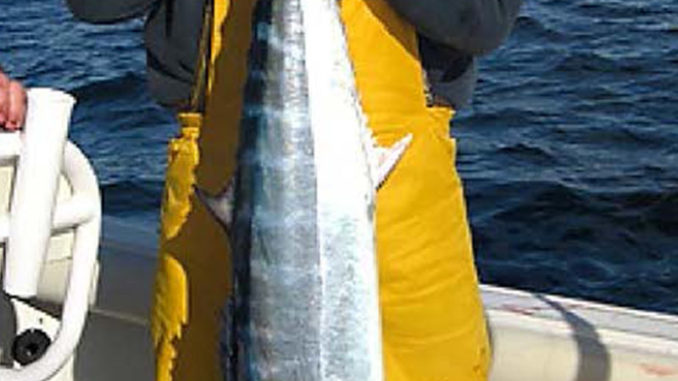
Whether inshore, offshore or in a freshwater environment, 90 percent of fish become more active as dark turns to daylight, and seas will often be mild at the start of the day.
Wahoo are no different. While these fish will rarely pass up a tasty-looking meal, the bite will produce an exceptional flurry of strikes just as the rising sun begins to illuminate the seascape.
Capt. David Cutler prefers to leave between 3 and 4 a.m. on a bluewater trip for wahoo.
“The sunrise bite is the best, and it’s where you will do your damage,” he said. “They really bite great in the mornings, especially with a new moon.”
While fish can see in the dark to some degree, the darkness of a new moon will handicap wahoo from feeding much throughout the night. Typically, wahoo will feed several times throughout the day and night, but the new moon will disrupt their feeding habits and churns up a strong appetite.
As light begins gleam over the horizon and wahoo are able to make out passing objects in the water column, the feeding frenzy will begin.




Be the first to comment